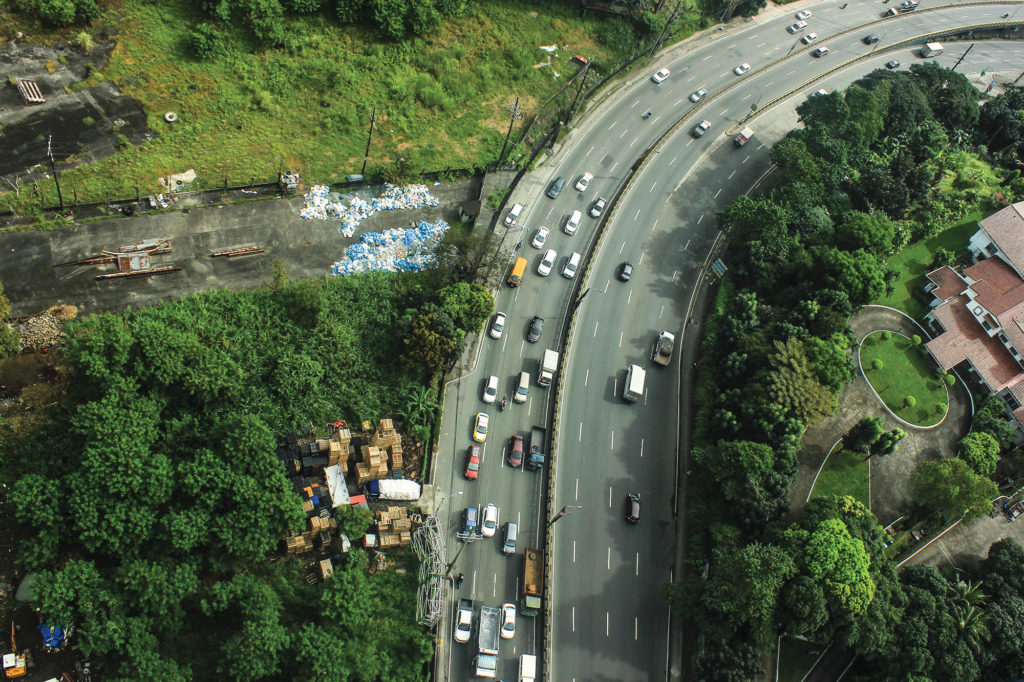World Environment Day 2023: Solutions to Plastic Pollution
June 5, 2023
Initially patented as an alternative to tree-based materials, and with the intent to reduce deforestation, plastic bags and other types of single-use plastic has grown to cause problems for the environment due to their widespread use and lack of recycling management in many places.

The production of plastic is among the world’s most energy-intensive manufacturing processes. According to 2019 data, plastic generated 1.8 billion metric tonnes of greenhouse gases (GHGs) or 3.4 per cent of the global total, with 90 per cent of those emissions coming from plastic production and the conversion of fossil fuels.
In the built environment sector alone, plastic is found in many construction materials, such as pipes, floors, and paints, making up around 35 per cent of total plastic use and generating 4 per cent of all plastic waste. Approximately 100 billion tonnes of waste is produced every year by the sector, with about 35 per cent being sent to landfills.
This year’s World Environment Day on 5 June highlights the problem of plastic pollution in order to find actionable solutions. “Plastic has been the default option in design for too long. It is time to redesign products to use less plastic, particularly unnecessary and problematic plastics, to redesign product packaging and shipping to use less plastic, to redesign systems and products for reuse and recyclability and to redesign the broader system for justice,” said Inger Andersen, Executive Director of the United Nations Environment Programme (UNEP).
Here are some posts on FuturArc that focus on finding solutions to plastic pollution, situated in the larger context of designing and planning for a circular economy.
Quezon City: Setting up an infrastructure of sustainability
The most populous city in the Philippines was the former national capital, and now positions itself as a leader in climate change mitigation and sustainable development. Among other initiatives like setting up Green procurement for built environment projects, the city has a Trash to Cashback programme.
Read more: https://www.futurarc.com/commentary/quezon-city/

The potential of circular materials for architectural use in Indonesia
Indonesia, the world’s fourth most populous nation, is currently only able to manage a total of half of its waste. While it is already the norm for Indonesia’s construction projects is to reduce materials and reuse (or resell) leftovers for the sake of efficiency, the third ‘R’ in circularity—recycling—remains to be widely implemented. Achieving circularity means that the entire supply chain of the construction industry needs to push for waste handling and waste-based products, including plastics.

Bio-based construction: What can be done for now?
Designers are exploring the potential of plastic-free, low-carbon and bio-based materials that can be used in construction. Among those are mycelium-based panels and furniture, made out of agricultural waste, which are long-lasting yet biodegradable. “It’s amazing that this material is able to fulfil all basic human needs—food, clothing and also shelter. The fun part is in constantly discovering what we can do with it.”
Read more: https://www.futurarc.com/new/bio-based-construction-what-can-or-cant-be-done-for-now/

Water Bottling Plant in Ninh Van Bay
To reduce single-use plastics and further contribute to changing consumption and production patterns, a resort in Ninh Van Bay, Vietnam developed a small plant to produce drinking water in reusable glass bottles. Aside from serving the needs of visitors and staff, clean water is also provided for the local community.
Read more: https://www.futurarc.com/project/water-bottling-plant/

TaiSugar Circular Village, Taiwan
This residential project is among the first of its kind to focus on the concept of circular economy in the built environment. With the vision to build a smart ecosystem city that co-develops with nature, as well as to build a people-oriented community, the designers incorporated the idea of circularity in terms of concept, management, resources, living and policy to help them explore new possibilities and solutions in the area of circular architecture.
Read more: https://www.futurarc.com/project/taisugar-circular-village/

Pavilions that build upon ‘waste’ materials
Architectural events and Expos are avenues for the exchange of ideas, and a primary part of these events are pavilions. The temporary nature of pavilions makes them an ideal chance to see how the built structures can be taken apart after their use, and furthermore what we can do with the parts.
Read more: https://www.futurarc.com/project/pavilions-that-build-upon-waste-materials/

To read the complete article, get your hardcopy at our online shop/newsstands/major bookstores; subscribe to FuturArc or download the FuturArc App to read the issues.
Previously Published Commentary, Online Exclusive Feature
Contact us at https://www.futurarc.com/contact-us for older commentaries.
